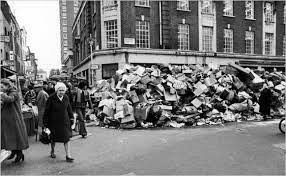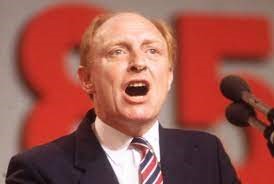During the 1980s, the Labour party suffered many election defeats – the rise of the Conservative party with Margaret Thatcher at the helm saw Labour heavily defeated in the election of 1983. Despite the fact that many people were unhappy with the changes that the Conservatives were making to Britain, there were also many people who remembered the turmoil in the 1970s – economic instability, power cuts and the rubbish building up in the streets that occurred under the Labour government meant that there were many who were not keen on repeating the situation.

However, although the 1980s were certainly not the Labour party’s successful decade, they built the foundations for what was to come. After the 1983 election defeat, Neil Kinnock took on leadership of the party. He made changes that would make the party more electable in the changing Britain, such as rebranding their logo to the now familiar red rose.

Although they still didn’t fare well in the 1987 election, people were starting to notice, and two young MPs were now in the Labour party who were set to go on to make it a huge success.
Tony Blair and Gordon Brown were seen by many as promising young MPs, and during the 90s, it was decided that Tony Blair would be the one to lead the party in this new era. Working with advisor Alastair Campbell https://www.theneweuropean.co.uk/contributor/alastair-campbell/ the party changed the manifesto to make it a more electable party with many voters in the centre ground, and in 1997 went on to win in a landslide victory against the Conservatives.



